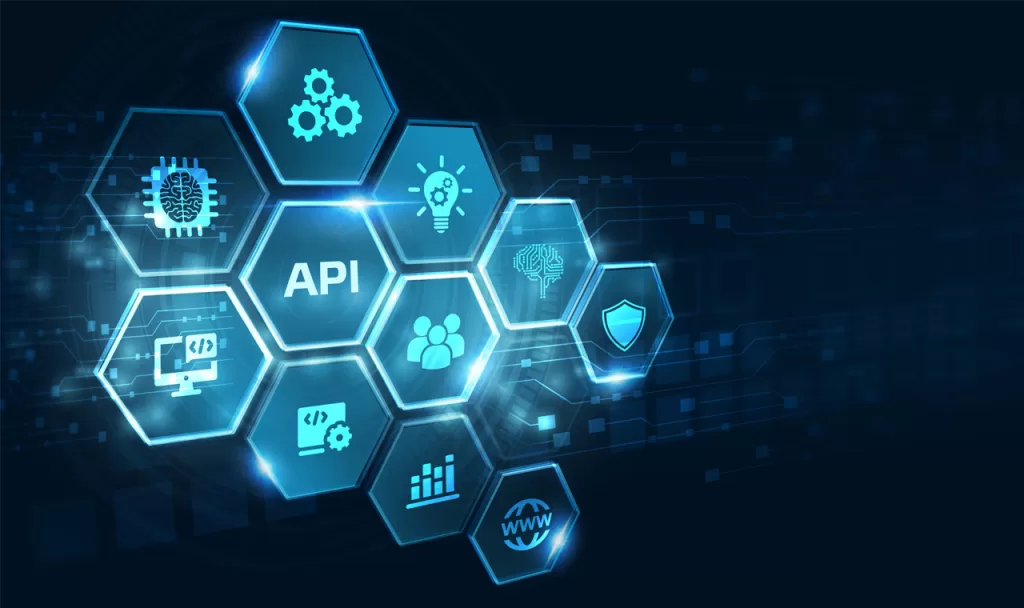Reverse Engineering an API: Testing without Documentation Author: J Saravana Prakash, ATMECS Content Team Introduction Testing APIs without documentation can be challenging, but it’s not impossible. Yet, you can find the information you require by doing some research. Since the use of APIs in software development is growing, it’s more crucial than ever to ensure that they function as intended. These days, a lot of applications exhibit practical functionality that lets users and developers use these services however they see fit, independent of a predetermined interface. Due to their versatility, APIs are now a necessary component of all companies. It’s essential to make sure everything functions as planned whether your team creates or maintains an API, whether it’s for internal usage in a single application or a publicly accessible service with thousands of users worldwide. Monitoring API Usage If an API is being tested by you or a member of your team, it is probably still being used and is probably still being actively developed. This means that you’ll have lots of chances to learn more about the API and obtain the understanding you need to start on your journey of exploration. There is no better way to understand an API’s functionality precisely than to observe it being used in practice. We are fortunate to have all the tools required to collect the different kinds of requests and responses required to test your APIs. Your browser has all the tools you require to gather this data for APIs used in web applications. Most contemporary web browsers, such as Chrome’s DevTools, Firefox’s Network Monitor, and Safari’s developer tools, offer means to examine network traffic. With the aid of these tools, you may look at requests and responses submitted to an API as well as the data and headers used in the exchange. It’s more difficult to record network activity for non-web apps like desktop or mobile apps, but it is still doable. Then, see if the application’s test builds are provided by your company’s development team. The majority of businesses that develop desktop or mobile applications produce early builds to aid in early testing. These test builds have a number of debugging options enabled, some of which might log interactions with external services. Not all hope is lost if you don’t have access to a test build or the test builds don’t give you the information you require. On your computer, you can set up a tool that can intercept network requests coming from any source. A good example of one of these tools is Telerik Fiddler, a web debugging proxy that will gather a bunch of data from your network traffic and let you examine everything that occurs when an application is running locally. You will receive sufficient information from these network inspection services to begin your testing. Exploring the Inner Workings of an API It may be intimidating for some testers, especially those without prior programming skills, to examine an application’s source code. The code repository, on the other hand, is a veritable gold mine of knowledge that can provide you with all you need to start your tests without any documentation. If a development team is still actively working on an API, that’s where you can obtain the most recent details on any application. The structure of an API can be learned by testers who are familiar with the fundamentals of programming by poking about in the codebase. Web application frameworks like Express JS, Angular, Ruby on Rails and Flask, for instance, often have a single location that specifies how requests are routed to various methods throughout the codebase. These files can be scanned to reveal available endpoints and their distinct actions, which you can use as a starting point for further exploration. It can supply practically everything you need to get moving, such as query parameters, request headers, and request bodies, if you look closely enough at these methods and their function signatures. Even if you have little to no knowledge of programming, a code repository can still give you a lot of useful information. Development teams typically use some sort of pull request workflow to keep track of significant bug patches or new features that were added during the software development lifecycle. Every time they deploy to production, some teams will compile a list of updates and create release notes. Those notes might give you an idea of what has changed in the API or give you a new lead for your tests. You should definitely look through the list of code commits and search for relevant messages for each change if you can’t find any other information. Getting Assistance from Developers If you encounter an API with incomplete or incorrect documentation and are struggling to understand its functionality, don’t hesitate to reach out to the developers for assistance. They have a deeper understanding of the APIs they created and can provide valuable insights and guidance. Developers can assist you by adding comments to the code or improving existing documentation to make it more comprehensive. If the developers are not available or the documentation is outdated, you can also seek help from online communities and forums. These communities often have experienced developers who can answer technical questions or provide guidance in testing an API. However, be cautious about sharing sensitive information about your company or API with strangers and prioritize cybersecurity. Keep in Mind to Leave Everything Better than You Found It Once you have successfully tested an API without documentation, it’s important to leave everything better than you found it. Consider creating documentation or improving existing documentation to avoid difficulties for future developers. Provide feedback to the developers about the API’s functionality and any issues you encountered during testing. Additionally, consider sharing your testing methods and techniques with your colleagues to promote knowledge-sharing and enhance the skills of your team. Conclusion Although testing APIs without documentation can be challenging, it is not impossible. By using techniques such as monitoring API usage, exploring the inner



